Description
AFLS: Assessment of Functional Living Skills (Guide and Three Protocols)
The AFLS Original Bundle Set is comprised of The AFLS Guide and three unique assessment protocols that assess functional, practical, and essential skills of everyday life. Although each assessment protocol can be used as a standalone assessment, we conceptualize all protocols as being different modules of an extended assessment that exists on a continuum spanning throughout a learner’s life in home, school, and community settings. Each module is different yet each is connected by unifying themes and overarching goals for maximizing a learner’s freedom, independence, and opportunities. Bundle multiple modules and customize the perfect assessment for your setting and situation. The Original AFLS Bundle Set includes Basic Living Skills, Home Skills and Community Participation Skills. The School Skills Protocol is sold separately.
Basic Living Skills Module
Basic self-help, self-care, self-management, hygiene, routines, and core communication skills are assessed in this module. The skills assessed in The Basic Living Skills Assessment Protocol should be thought of as a prerequisite for any functional skills program for any learner regardless of age, setting, or disability. These essential skills, if not mastered, will have a profound impact on a learner’s ability to live independently, to be successful in school, and to take advantage of various social and recreational activities throughout the learner’s life. The basic living skills module includes:
- Self-Management
- Basic Communication
- Dressing
- Toileting
- Grooming
- Bathing
- Health, Safety & First Aid
- Nightime Routines
Home Skills Module
Whether the learner is living with parents, living in a supported facility, living in a group home or living independently or with roommates, the Home Skills Assessment Protocol provides an essential review of skills required for living in a home. Basic and advanced home skills of preparing and eating meals at home, cleaning tasks around the home, clothing, laundry, leisure skills, and the day-to-day mechanics of living in a home are assessed. Home skills module includes:
- Meals at Home
- Dishes
- Clothing and Laundry
- Housekeeping and Chores
- Household Mechanics
- Leisure
- Kitchen
- Cooking
Community Participation Skills Module
Participating in the community begins with learning to physically navigate safely around all the common aspects of sidewalks, streets, and signs along with people encountered while walking or while being transported. To be able to independently shop in grocery and department stores, shop at the mall, and eat at fast food or sit-down restaurants requires a wide variety of skills. The ability to tell time and use time related concepts, making and keeping appointments, using a phone, and other skills to help learners stay connected and interact with others in the community are also assessed in this module. Community Participation Skills Module includes:
- Basic Mobility
- Community Knowledge
- Shopping
- Meals in Public
- Money
- Phone
- Time
- Social Awareness and Manners
This pack includes the AFLS: Assessment of Functional Living Skills (Guide and Three Protocols). There are three additional protocols available should you require them at any stage:
School skills assessment protocol
Vocational skills assessment protocol
Independent living skills assessment protocol
You can find some same notes here:
AFLS Skills Samples and Tracking Grid
AFLS Skills Assessment Protocol Samples:
The links below connect to a variety of pages taken from the Basic Living Skills, Home Skills, and Community Participation Skills Assessment Protocols. There are 735 skills across these three assessment modules. The sample of pages below provide a brief sample into the wide range of skills assessed in the AFLS.
AFLS Skills Tracking Grid Samples:
Each AFLS Module contains a unique skills tracking grid used to depict the assessment results. The skills tracking grid allows you to see the results, select skills that are in need of instructional support, track progress over subsequent administrations, and compare progress over time. The samples below are taken from two different children; a typically developing 12 year old male and a 10 year old male diagnosed with autism. The shading of the different cells and rows represent progress or mastery of the different skills in each protocol. More shading means the learner has acquired more skills. Less shading means the learner has not yet acquired those skills. AFLS grids will be different for each child dependent upon their own functional experiences.



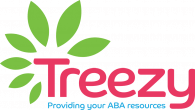
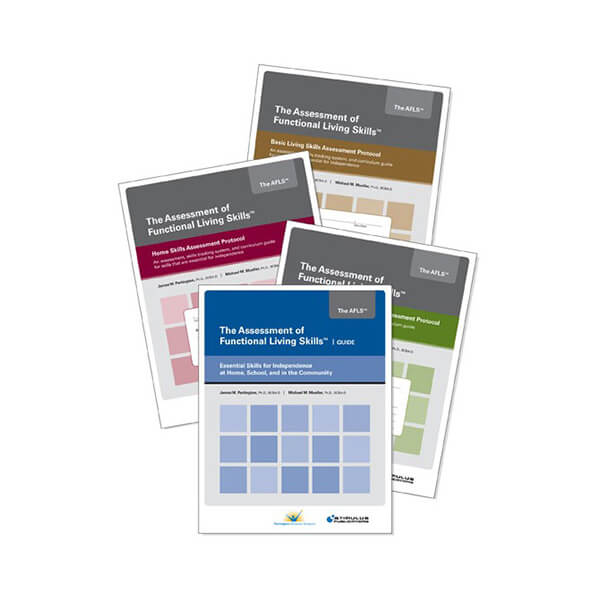
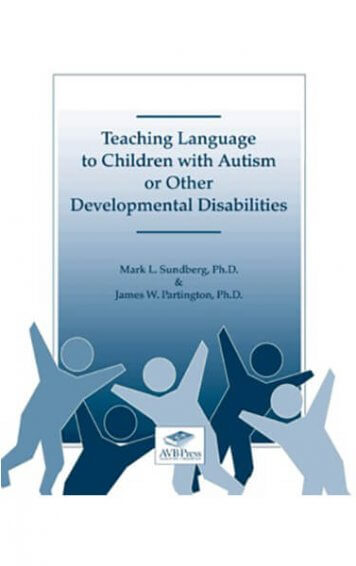
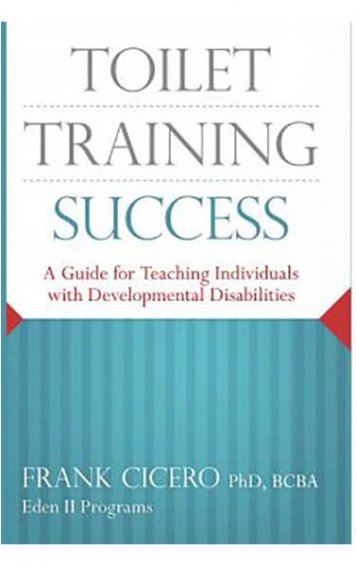
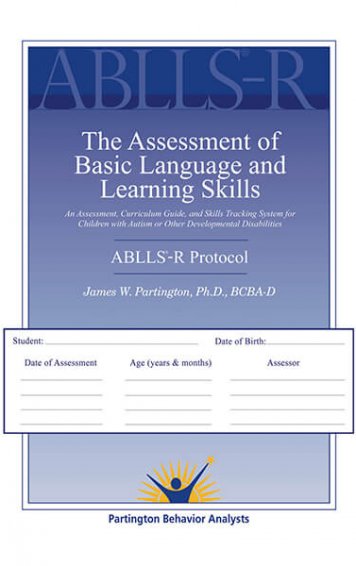
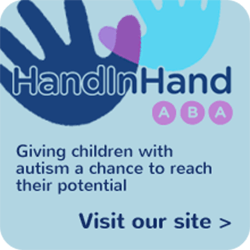

What others are saying
There are no contributions yet.